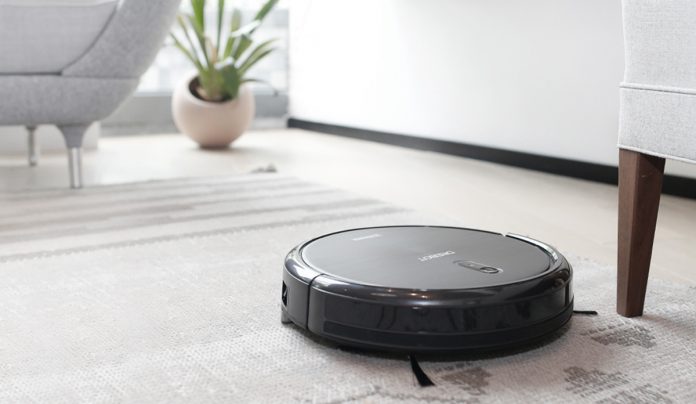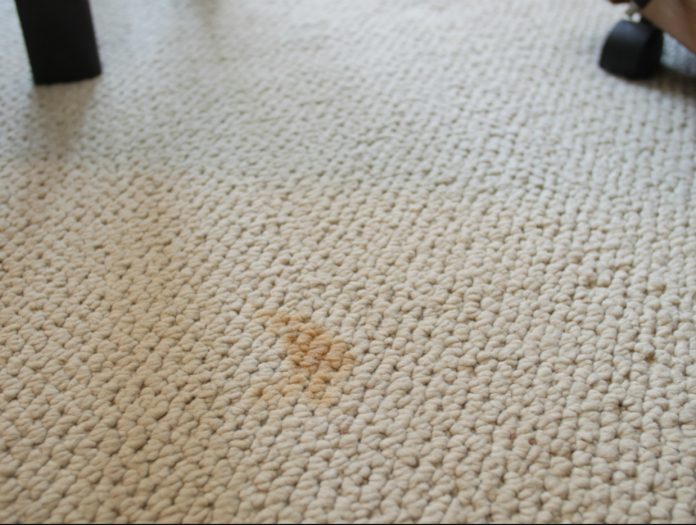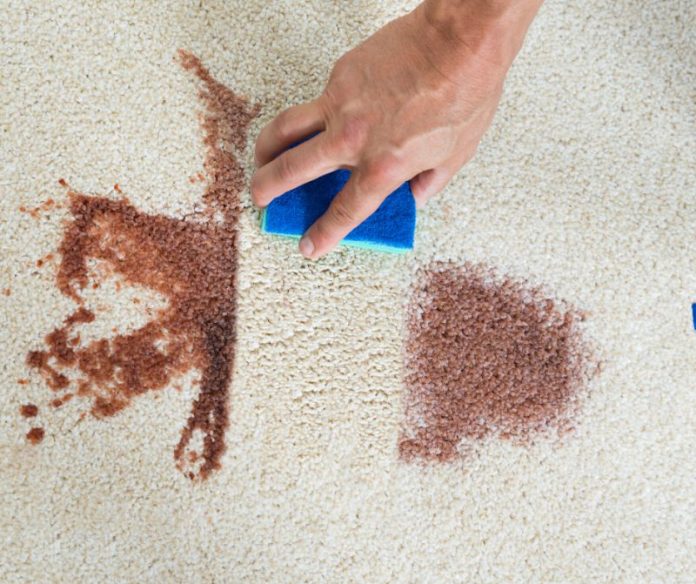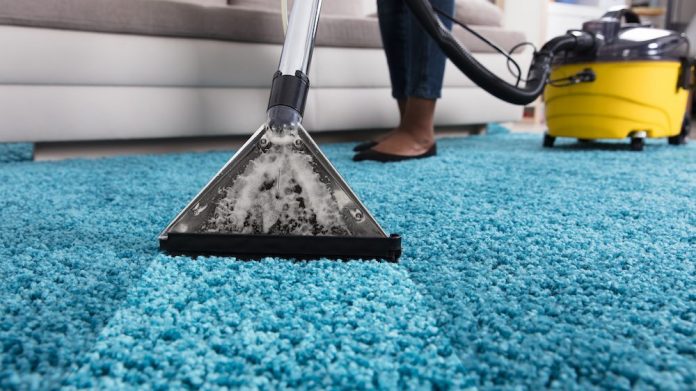As a flooring type, carpet has a lot of advantages. It’s soft. It’s versatile. You can get it in a wide range of different colors and styles. But it also has a major disadvantage: it’s much harder to keep clean than a hardwood floor.
After a few years of staining and regular wear and tear, your carpet can begin to look gross and unwelcoming. Fortunately, with the right cleaning strategies, you can get it look cleaner than it ever has before.
Core Principles
Effective carpet cleaning boils down to a handful of core principles:
- Minimize staining. First, you need to work proactively to prevent staining whenever possible. The fewer opportunities there are for spills and the less time your carpet has to absorb the stain, the better.
- Act quickly. If and when you do spill something on the carpet, it’s important to act quickly. If you can remove the offending substance and pre-treat the stain, you’ll be in a much better position to get them looking like new again.
- Get the right equipment. The right equipment can make a massive difference. You won’t be able to undo years of damage with a simple vacuum cleaner.
- Be consistent. Occasional “deep cleans” can help restore your carpets to their natural beauty, but it’s also important to be consistent between deep cleans. Regular cleaning will keep your carpet in better shape longer (and make it look pretty in the meantime).
Ongoing Maintenance

You should work to clean your carpets on a regular basis – at least once or twice a week. If you have pets, kids, or another variable that leads to more carpet wear and tear, you may need to clean it even more often. According to BISSELL, vacuuming robots are one of the easiest and most convenient ways to accomplish this. They work automatically, helping you manage pet hair, dust, and dirt particles in the weeks between your deep cleaning sessions. Not only will your deep cleans be more effective and more manageable, but you’ll also get to live in a cleaner, more comfortable house.
Responding to a Spill
If and when a spill does occur, there are some important strategies you can use to respond to it quickly:
- Soak up the spill. First, soak up the spill. This is a mitigation strategy designed to prevent the substance from doing any more damage. Use paper towels or something similarly absorbent to cover the liquid and pull it out of the carpet. Apply this several times, with fresh paper towels each time if necessary, until the stain is only damp and not saturated.
- Do a preliminary scrub. Next, do a preliminary scrub. Use your favorite carpet cleaning products, or a mixture of water, vinegar, and touch of dish soap, to cover and attack the stain. Then, use a stiff brush or similar instrument to dig in and try to scrub out the stain. Let it sit for a few minutes and scrub again before attempting the next steps.
- Dilute. After a moment, work to dilute the stain by flushing it with water or a vinegar and water mixture. This will remove much of the stain and lessen the sharpness of the stain that remains.
- Absorb. Next, you’ll need some way to absorb the water you’ve just diluted the carpet with. Sponges, towels, and paper towels are usually your best friends here.
- Cover. If you’re interested in an added measure of pre-treatment, consider covering the stain with a thin layer of baking soda. Baking soda is an excellent absorptive material, and it works wonders for preventing and treating stains. You can vacuum it up in your next maintenance session.
Deep Cleaning the Carpet

No matter how quickly you respond to spills or how consistently you keep the carpet vacuumed, eventually it will begin to show signs of deterioration. Once a month or so, you should strive to give your carpet a “deep” clean:
- Move the furniture. This should be obvious, but it’s important to remember that your carpet can suffer from wear and tear even if it’s covered with furniture. Move all your furniture out of the way so you can give the entirety of your carpet the deep cleaning it needs.
- Vacuum thoroughly. Before you treat your carpet with a steam cleaner or a similar cleaning tool, you’ll want to vacuum it as thoroughly as possible. Make sure your vacuum is clean, with a clean filter, and is fully operational before using it. Then, vacuum slowly and in multiple different directions in line with the carpet so you can pick up as much dirt, dust, and debris as possible.
- Use salt, borax, and vinegar. Mix equal parts salt, borax, and vinegar to create a thick paste that you can apply to particularly stubborn carpet stains. This mixture will treat and break down the stains in your carpet – and will eventually harden into a dry solid. When it does, you can vacuum it up and move onto the next step.
- Use a steam cleaner. Once you’ve thoroughly vacuumed the floor, you can move onto steam cleaning. Steam cleaning is one of the most effective ways to deep clean a carpet because it flushes out even deep stains. Once cleaned and dried, you’ll get to see your carpet looking in as close to “new” condition as it can possibly get.
Preventing Spills and Stains

You can also keep your carpet in better shape by preventing spills and stains in the first place. For example:
- Use carpet protectors or rugs in high-traffic areas.
- Carefully train your pets.
- Use tables, coasters, and other items to keep drinks from spilling on the carpet.
- Ask guests to remove their shoes before entering your home.
With these strategies, your home will have cleaner carpets at all times. Your deep cleaning sessions will restore them to like-new condition, your periodic maintenance sessions will keep it tidy in the interim, and your stain prevention strategies will keep your carpet from developing ugly, permanent stains.









